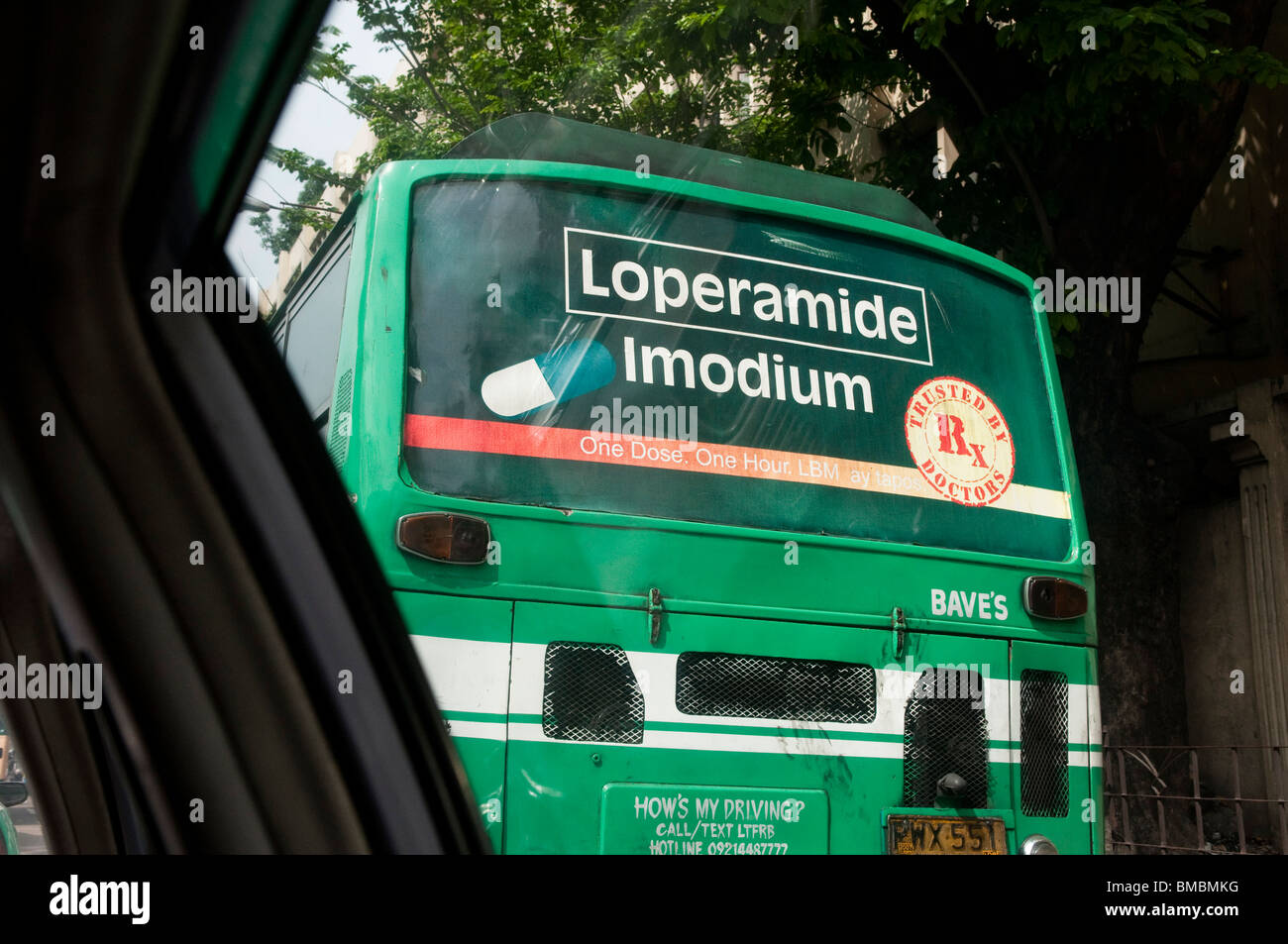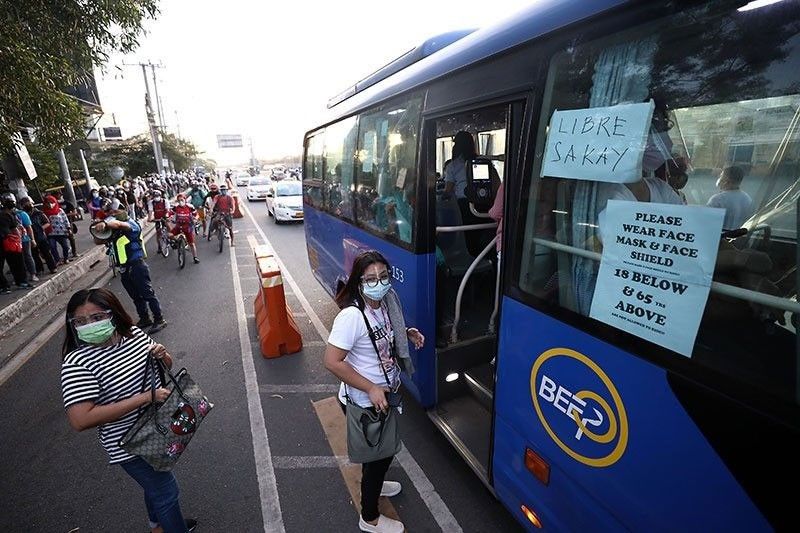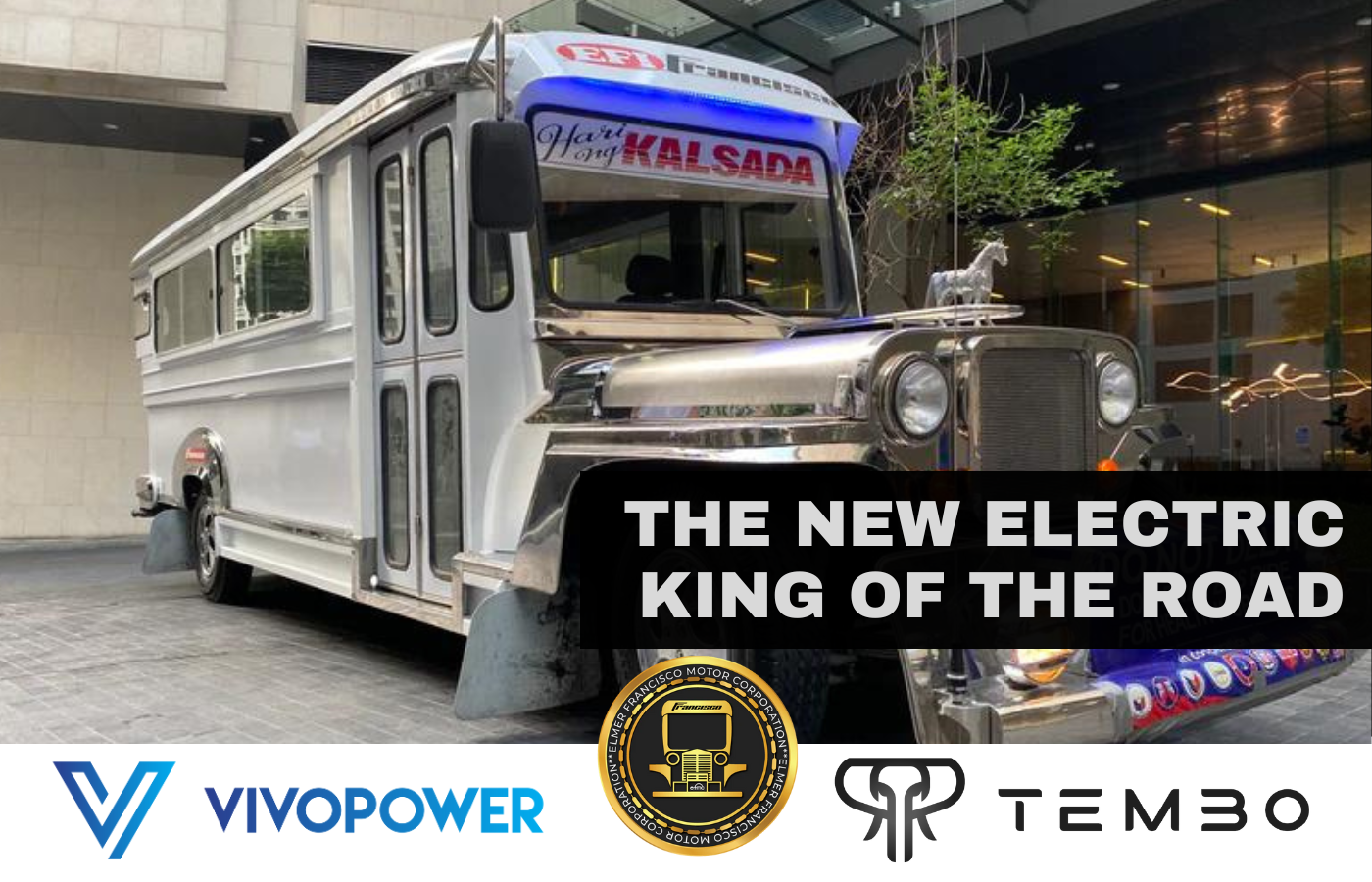Top Advantages of Transit Advertising Philippines for Businesses
Top Advantages of Transit Advertising Philippines for Businesses
Blog Article
How Transit Marketing Can Change Mass Transit Spaces Into Dynamic Marketing Operatings Systems
Transportation advertising holds significant potential to redefine public transport rooms right into vibrant advertising platforms that notify and involve. As we check out the diverse advantages and advancing approaches of transit advertising, it elevates the concern of exactly how this transformation can redefine our communications with both brand names and the urban environment.
Advantages of Transit Advertising And Marketing

Furthermore, transit marketing is extremely cost-efficient contrasted to typical media. It enables advertisers to accomplish high impressions at reduced expenses, making the most of return on financial investment. The restricted target market of commuters gives a possibility for brands to communicate their messages to individuals that are often receptive throughout their traveling times.
Moreover, the dynamic nature of transportation marketing enables campaigns to be updated often, ensuring that messaging continues to be pertinent and timely. This adaptability can be critical in reacting to market fads or marketing events, keeping the brand top-of-mind for customers. Finally, the prevalent visibility of transit marketing contributes to brand name recall; duplicated direct exposure within familiar travel contexts enhances brand awareness and fosters consumer commitment, inevitably driving sales and boosting brand reputation.
Sorts Of Transit Advertising
Public transport systems offer numerous layouts for advertising and marketing, each satisfying various marketing methods and audience engagement techniques. One famous kind is exterior bus and train covers, which cover the whole car and develop a mobile billboard result, enabling for high visibility in metropolitan settings. These covers can catch focus as they traverse hectic streets, reaching a varied audience.
Another popular format is interior advertising and marketing, which consists of posters, digital displays, and ads on transit seats. These placements involve passengers during their trip, reinforcing brand messaging in a restricted space. Digital displays, specifically, supply the advantage of vibrant material, allowing marketers to upgrade messages in real-time.
Terminal advertising is also considerable, featuring posters, banners, and interactive stands within transit stations. These ads take advantage of foot traffic and can target details demographics based upon place.
Lastly, advertising partnerships with transportation authorities can result in distinct projects, such as themed transit experiences or events, enhancing the overall involvement with travelers. Each sort of transit marketing uses distinct benefits, enabling brand names to customize their technique to effectively reach their target market within the public transportation community.
Involving Commuters Effectively
Commuters are progressively swamped with marketing messages during their day-to-day journeys, making it essential for brands to engage them in innovative means. To record interest in this congested room, advertisers must focus on creativity and significance. Making use of captivating visuals and succinct messaging can dramatically enhance the possibility of involvement.
Interactive components, such as QR codes or enhanced reality functions, can also transform fixed ads into immersive experiences, fostering a deeper link with the webpage audience. Brand names should concentrate on addressing travelers' rate of interests and needs, tailoring messages to resonate with their lifestyle, whether via promotions for local organizations or solutions designed to boost their commuting experience.
Moreover, timing plays a critical duty; purposefully positioning ads during peak commuting hours can maximize exposure and effect. Engaging travelers effectively also includes leveraging social media sites combination, permitting passengers to share their promotions or experiences directly from transportation systems, therefore enhancing brand reach.
Essentially, efficient involvement rests on understanding the traveler journey and developing compelling, interactive, and pertinent advertising and marketing experiences that not just catch attention yet also drive action and commitment. By doing so, brand names can transform mass transit right into a vibrant advertising system that reverberates with its target market.

Measuring Marketing Effect
Exactly how can brand names properly analyze the performance of their marketing projects en route environments? Determining the influence of transit advertising calls for a diverse method that integrates qualitative and quantitative metrics. One prevalent method is tracking involvement via mobile analytics, where brands can analyze foot traffic patterns and application interactions in the past, during, and after projects.
Studies can provide beneficial insights right into brand name recall and consumer belief, enabling brand names to gauge exactly how well their messages reverberate with travelers. Furthermore, keeping track of social media engagement pertaining to specific campaigns can reveal changes in public perception and brand conversation.

Additionally, collaborating with transit companies can enhance measurement accuracy, as they typically possess comprehensive demographic data on ridership trends. By integrating these methodologies, brand names can develop a detailed understanding of their advertising performance, making certain that click their campaigns not just get to but also affect their target audiences properly.
Future Patterns in Transportation Advertising
A substantial shift is anticipated in transportation advertising as technological improvements and transforming customer behaviors improve the landscape. Transit Advertising Philippines. The integration of interactive media and digital screens is anticipated to enhance involvement, allowing brands to deliver dynamic material that reverberates with diverse audiences. As public transport systems embrace wise modern technology, marketers will utilize real-time data analytics to tailor messages based upon passenger demographics and actions
In addition, boosted truth (AR) is positioned to revolutionize the way travelers interact with promotions. By offering immersive experiences, AR can transform an ordinary journey into an interesting story that records attention and fosters brand name commitment. This advancement will likely motivate advertisers to create even more experiential her response projects that drive consumer interaction.
Sustainability is one more essential fad affecting transportation marketing. As ecological consciousness grows, brands will progressively seek to straighten with environmentally friendly methods, making use of sustainable materials and promoting eco-friendly campaigns within their projects.
Final Thought
Finally, transportation marketing supplies considerable benefits by boosting brand presence and involving a restricted audience. With various formats, such as exterior covers and electronic displays, it changes mass transit right into a lively marketing system. Reliable involvement techniques and robust measurement methods even more magnify its effect. As trends advance, the capacity for ingenious communications between brand names and commuters is poised to expand, making certain that transportation advertising and marketing stays an important part of contemporary advertising and marketing approaches.
Transportation marketing holds significant capacity to redefine public transport spaces into dynamic marketing systems that engage and educate. The prevalent visibility of transit advertising adds to brand recall; duplicated exposure within familiar traveling contexts strengthens brand name awareness and promotes consumer loyalty, eventually driving sales and improving brand name track record.
Exactly how can brand names accurately analyze the effectiveness of their advertising projects in transportation environments?In conclusion, transit advertising and marketing provides substantial advantages by enhancing brand name visibility and involving a captive target market. Transit Advertising Philippines. As trends advance, the potential for cutting-edge interactions between travelers and brand names is positioned to expand, making certain that transit marketing stays a vital element of modern advertising and marketing techniques
Report this page